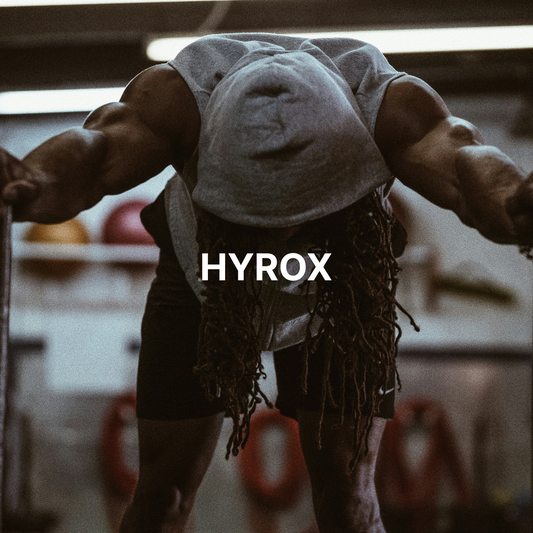
Inside the Science of Hybrid Training: New Findings on Muscle and Endurance Growth
Hybrid athletes are redefining what’s possible, training to be powerful, enduring, and adaptable. Now, new research is showing exactly how different training styles shape the body at a cellular level, allowing athletes to fine-tune their approach for both strength and endurance. Here’s a breakdown of the latest findings on endurance training (ET), high-intensity interval training (HIT), and sprint interval training (SIT) and how they each contribute to hybrid fitness gains.
Inside Hybrid Training: What the Research Reveals About Cellular Adaptation
This recent study explores how ET, HIT, and SIT impact two key components for athletic performance: mitochondria and capillaries in muscle fibers. Mitochondria, often called the “powerhouses” of cells, fuel endurance and recovery, while capillaries deliver oxygen to muscles, supporting both strength and stamina. Together, they’re the foundation of hybrid performance.
Here’s a closer look at how each training type contributes:
1. Boosting Mitochondrial Power
• All three training styles increased mitochondrial content, but SIT emerged as the most time-efficient, producing up to 3.9 times more mitochondrial growth per hour than ET. HIT also showed high efficiency, yielding about 1.7 times the mitochondrial gains of ET. This can be especially valuable for athletes looking to maximize endurance without overextending training time.
2. Building Capillary Networks for Endurance
• When it comes to capillary growth, ET led the way, boosting capillary density per muscle area, which allows for better oxygen delivery and sustained performance over time. For athletes focused on long-haul stamina, ET forms a solid foundation.
• HIT also promoted capillary growth, though not as strongly as ET, while SIT showed limited effects in this area, highlighting that steady endurance work still plays a central role in building endurance and aiding recovery.
3. Increasing VO2 Max for Balanced Fitness
• VO2 max improved across all three training types, with HIT showing a slight edge overall. This makes HIT a powerful middle ground for those looking to enhance cardiovascular capacity without sacrificing strength or speed.
How to Use These Insights for Smarter Hybrid Training
Hybrid training thrives on balance, and these findings underscore the importance of using the right mix of training types to enhance strength, endurance, and recovery. Here are a few ways athletes might apply these insights:
• For Maximum Energy Gains in Minimal Time
Incorporating SIT sessions can yield fast and powerful mitochondrial growth, building the energy capacity to fuel both endurance and strength.
• For Endurance and Recovery Benefits
ET remains unmatched in building capillary density, which improves oxygen flow to muscles and supports sustained endurance efforts. This steady, consistent work is particularly useful for athletes aiming to thrive in longer events.
• For Versatile Gains Across the Board
With its dual benefits for mitochondria and capillary growth, HIT delivers balanced results for athletes looking to keep VO2 max high and achieve a solid fitness foundation.
Why These Adaptations Matter for Hybrid Athletes
These cellular changes are what fuel every step, lift, and sprint. More mitochondria mean a greater energy reserve, helping athletes go harder and recover faster, while more capillaries mean more oxygen where it’s needed most, supporting endurance and reducing fatigue. By understanding the science behind these adaptations, athletes can train smarter, not harder, to unlock their potential.
For those interested in diving deeper, the full study, Effects of Exercise Training on Mitochondrial and Capillary Growth in Human Skeletal Muscle, is available in Sports Medicine (2024).
The Takeaway: Training That Pushes Limits and Redefines Potential
This research confirms what we’ve built our programs around: a science-backed approach that delivers strength, endurance, and resilience. Ready to redefine what your body can do? Join the Hybrid Athlete Culture community for training that goes beyond limits—driven by science, designed for results.



